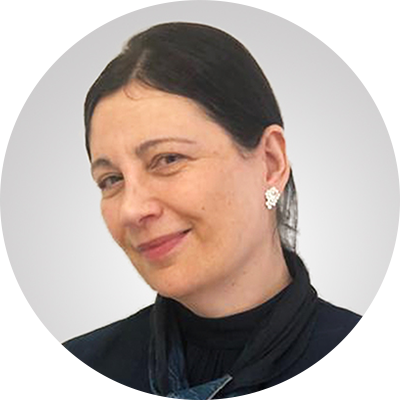
(Dima Zel / Shutterstock.com)
Two nineteenth century astronomers, both pioneering female scientists, have at long last had their trailblazing work honored. In what the Guardian regards as a giant leap for early “lady” astronomers, Annie Maunder and Alice Everett, who charted the stars for a pittance knowing that their work would be attributed to male colleagues, have finally been given recognition for their remarkable work in astronomy, denied to them in their time.
And decades later, the tribute to their work building our understanding of the universe, which was conducted despite repeated obstacles arising purely due to their gender, is officially written in the stars, as two asteroids will be named after these gifted women.
Talented scientists who were ahead of their time
These Victorian women, stellar graduates of prestigious Cambridge University, both raised in Northern Ireland, became good friends while studying mathematics at the university’s Girton College, starting in 1886. They weren’t awarded degrees, however, which Cambridge held back from female students, until 1948, despite passing their exams with flying colors.
Overcoming this discrimination, they were both able to secure work in astronomy, albeit low paid work. Both were among the first women to do so in this traditionally male field, employed as so-called “lady computers,” working at the Royal Observatory in Greenwich, London. They were tasked with measuring the positions of stars and converting them into astronomical tables.
Each woman went on to be responsible for noteworthy scientific endeavor in their own right in traditional men’s fields. Maunder, ranked top mathematician of her year at Girton College, after recording the largest sunspot seen at Greenwich, married her boss, Walter Maunder, and was forced to resign as a result. However she went on to assist him in scientific research and on global expeditions.
Working as a talented astronomer and solar photographer, she captured the total eclipse of the sun among other feats. While it was her husband who was often credited with their joint work, he did acknowledge her huge input. In the preface to one book, The Heavens and their Story, he writes that the work was largely hers. Together, as Girton College’s website shares, they compiled sunspot observations over many years to create the renowned “butterfly diagram” that is still referred to in solar studies today.
Everett, despite observing and measuring the positions of 22,00 suns in one year alone, and publishing her research on star orbits, struggled to subsist on what she earned as an astronomer. She went on, however, to work on groundbreaking research in optics, before pursuing further careers as a physicist and electrical engineer. Collaborating with John Logie Baird, who invented television, she succeeded in being granted joint patents with him relating to television optics. According to She The People, Everett went on to become a founding fellow of the Royal Television Society.
What are asteroids?
According to NASA, asteroids, sometimes called minor planets, which exceed one million in number, are rocky, airless remnants from the early formation of our solar system. These range in size from the largest, Vesta, spanning 329 miles (530 kilometers) in diameter to under 33 feet (10 meters across). The mass of all these asteroids together is less than that of our Earth’s Moon.
In the words of Girton College
The women’s famed alma mater, Girton College, proudly revealed on its website in October that
“The International Astronomical Union has announced, in partnership with the Catalina Sky Survey and the British Astronomical Association, that two asteroids have been named for Annie Maunder and Alice Everett.”
View this post on Instagram
According to Dr Elizabeth Kendall, mistress of Girton College, the close-knit community of Victorian women studying at the college were often daring pioneers who knew that they were breaking new ground just by joining the institution where they strived to shine in traditionally male scientific fields. These women forged paths fuelled by resilience and camaraderie.
By naming the asteroids after Everett and Maunder, Kendall believes that the world is, after all this time, acknowledging their scientific contributions to astronomy. This is an act not only righting a past wrong. “It’s about inspiring the future,” she tells the Guardian.
YOU MIGHT ALSO LIKE:
Bringing Astronomy and Awe to Rural Kenya
Now Art, Science Blending Seamlessly at the Met Museum in New York
5 Expansive Yoga Poses Inspired by Space







